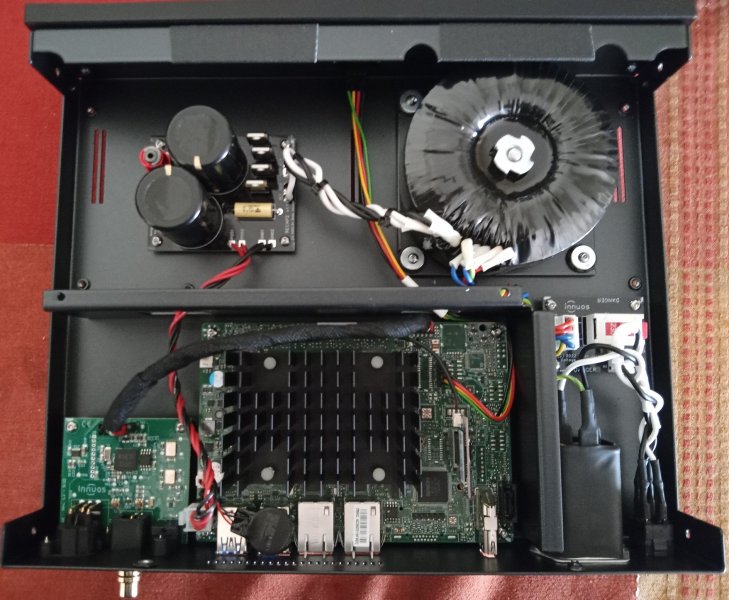Hi Charles,
In my system the Pulse sounds dynamic, transparent and "analog-like" and it's a meaningful upgrade, mainly as far the more elusive musical and transportive qualities are concerned.
In purely "hi-fi terms" it again seems "better", as it affords me access into "more" of everything: more detail, more engagement and ultimately more music.
Last year, I did my best to audition a few streamers, either through audiophile friends or dealers.
I did so, not so much because I needed a "better" source, as my previous Innuos server was just fine, but mainly because I wanted a streamer only device and not a server/streamer.
Although I usually refrain from talking about products I do not own and I am going to stick with that policy here also, I'd like to clarify that I only looked at streamers that had their own proprietary control apps.
I realize of course that this fact alone must have left a lot of streamers off my audition list.
Maybe, I just like the Innuos "house sound" (although I honestly do not believe such a sound exists...), but when I got to audition the Pulse, it just grabbed my attention from the get-go, That's not entirely unexpected, given I owned an Innuos server its sound I already loved.
However, what becomes crucial in choosing one piece of gear over the other and at the same time maybe the key to understanding why, boils down to one's musical background and audiophile perspective.
As a musician, timbral accuracy, note weight, music flow and naturalness are things of paramount importance and influence my choosing one piece of gear over another. Pyrotechnics, less so.
I also come from a long audiophile line of "less is more" mentality. If you look at my system, it also tells a story (tubes, single driver speakers, etc.), so, as the author of that story, I get to make choices that better serve this plot.
As such, my thread is just an attempt to convey my audiophile journey this year and maybe sing the praises of system synergy and of the idea that the whole of the streaming chain matters (ethernet filtering and isolation, source and DAC).
More competent reviewers may elaborate on the Pulse as a streamer on its own.
Cheers,
Ted
P.S. I also want to give the Muon filter a try...

 goldensound.audio
goldensound.audio











